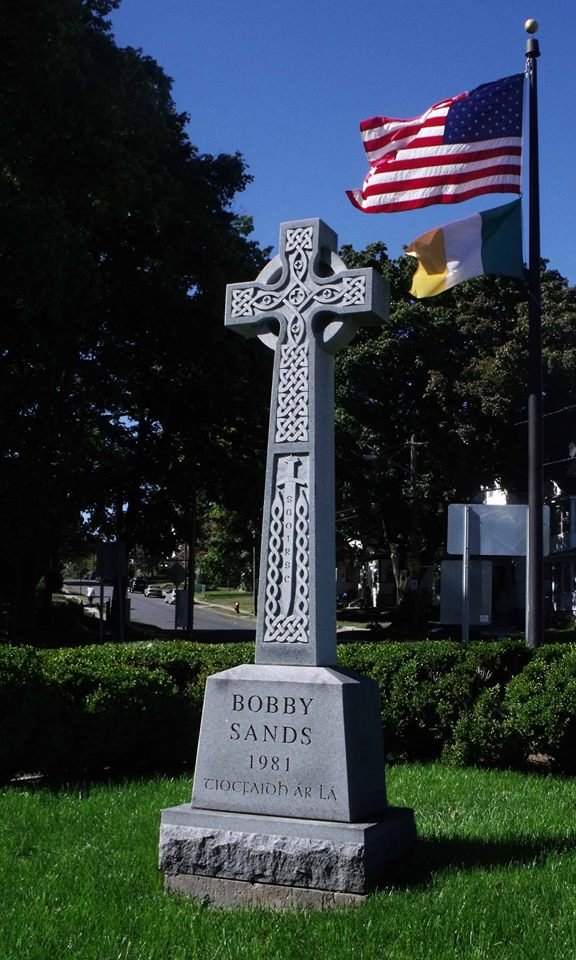The IDEA THAT YEATS WROTE ABOUT OF "A TERRIBLE BEAUTY
Kaira Jewel Lingo, a former Buddhist nun in Thich Nhat Hanh’s Plum Village community in France, reflects on coming to terms with the unpredictable challenges of life:
In the Buddha’s most essential teaching of the Four Noble Truths, he shares his discovery that suffering is a part of life, and there is no escape from it. This is the first Noble Truth and acknowledging it can help us to suffer less. If we can accept where we are, and not judge the disruption in our life as wrong or bad, we can touch great freedom. This is because fighting what is doesn’t actually work. As the saying goes, “whatever we resist persists.”. . .
Thay [Thich Nhath Hanh] often said, “A true practitioner isn’t someone who doesn’t suffer, but someone who knows how to handle their suffering.” We could say that the measure of our accomplishment or success is not that our life has no ups and downs, but that we can surf the waves!
This attitude of acceptance is freeing when we apply it not only to our personal suffering but also to the suffering in the world. Once, as a young nun, when I was practicing a classic Plum Village guided meditation, I came to the final exercise, “Breathing in, I dwell in the present moment; breathing out, I know this is a wonderful moment.” Suddenly I found myself stuck when I did this practice, questioning how we could truly affirm it was “a wonderful moment” with all the violence, hatred, inequality, and preventable tragedies that are happening in the present moment all over the world. . . .
I sat in the question of it and began to see that along with all the suffering and pain, there are also many beings that are supporting others in the present moment. There are many hearts of compassion, opening to relieve suffering, to care for others, to teach, to show a different way. There are people who are courageous and standing up for what they believe is right, protecting our oceans, cleaning rivers and beaches, advocating for those who are oppressed. There are those in every corner of the planet who are quietly doing the things no one else wants to do: caring for the forgotten people, places, species, and doing what needs to be done.
When I focused on that other part of the larger picture, I was able to touch that, yes, this present moment is also a wonderful moment. I saw that suffering doesn’t have to disappear in order for beauty to be there. That life is about all of these things. . . . The reality is that there is great terror and pain, and there is great love and great wisdom. They’re all here, coexisting in this moment.
Here's how Yeats applied this idea to the Easter Rising of 1916
I write it out in verse –
MacDonagh and MacBride
And Connolly and Pearse
Now and in time to be,
Wherever green is worn,
Are changed, changed utterly:
A terrible beauty is born
